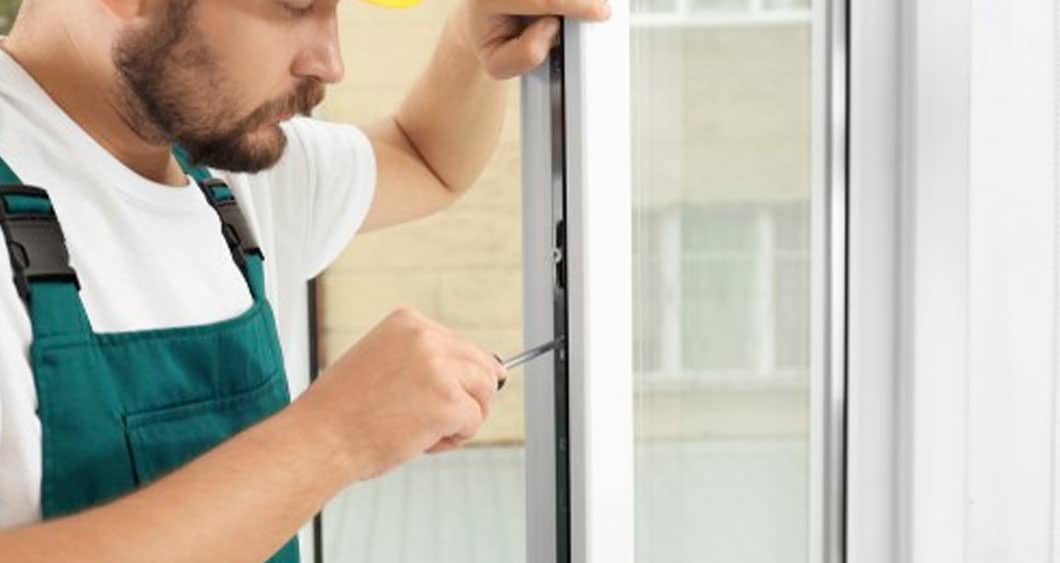If you are asking yourself the question “how does double glazing work?” you are not alone. Double glazing is relatively new in Australia, with us Aussies being more accustomed to single panes of glass for our window of choice. Unlike over the water in the US where double glazing became popular as early as the 1950s and was then introduced to their European cousins, becoming the new window of choice from the 1970s/80s. So why should Australia follow suit and start taking double glazing seriously as a more energy efficient window solution? Let’s find out.
How Does Double Glazing Work?
Firstly, let’s look at how double glazing actually works; what makes it so different to single glazing apart from the obvious appearance.
Double glazed windows have two panes of glass (hence the term double glazing) – separated by a layer of trapped argon gas. Even if space in between the layers of glass was just air it would alter the heat conductivity of the window, but argon gas has 67% the thermal conductivity of air, therefore ensuring maximum thermal efficiency. Similar to putting on a jumper in the winter to keep you warm, trapping that layer of air/gas keeps the heat in, or the cold out. This is how double glazed windows work.
Double Glazing – The Geeky Bit
So we won’t go full tech geek on you, but we’ll explain a little further. The transfer of heat through a window is measured using a “U value”. The lower the U value, the lower the rate of heat transfer. This works both ways, for keeping heat in, and more importantly in Sydney, keeping heat out.
Typically a single glazed window (that more than 85% of us have in our homes) has a U value of 5 or 6. Whereas double glazed windows have U values in a range between 3.5 – 1.5 which is a huge difference. Not forgetting that the lower the U value the better thermal efficiency.
Plus the uPVC, the material that is used for the window frames themselves, is a low conductor. Allowing for tighter seals and versatile designs, this is an innovative material that is changing the efficiency of window installation.
Other Effects Of Double Glazing

Are they more secure than a single pane glass window? Yes, they are. Single pane windows and their
frames can easily be manipulated, or even broken. Double glazing and uPVC technology has made windows safer in every aspect.
Does Double Glazing Keep The Heat Out As Well As In?
A common misconception in Australia is that double glazing is only beneficial in colder climates (although let’s be honest, it can get pretty cold here in winter too), but that simply isn’t true.
We have explained throughout this article that the gas that is trapped between the two panes of glass reduces heat transfer, and this works both ways, therefore aiding in keeping the heat out of the home during the summer months. Who wouldn’t want that on a sticky January afternoon? And if you’re a fan of air conditioning, watch those bills drop as you manage to retain more cool air during the hotter months of the year.
If you want to know more about double glazing and double glazed windows, then look no further than Integra Windows. Our experts can help guide you to a bespoke solution for your home, with innovative European design manufactured right here in Sydney. Contact our team today on (02) 8964 7764.
SIMPLE STEPS TO REQUEST A QUOTE?
Submit an online quote enquiry and we’ll be in touch and discuss the quote in more detail. Once all the relevant project details are obtained, we will be able to provide you with a final detailed quote.

